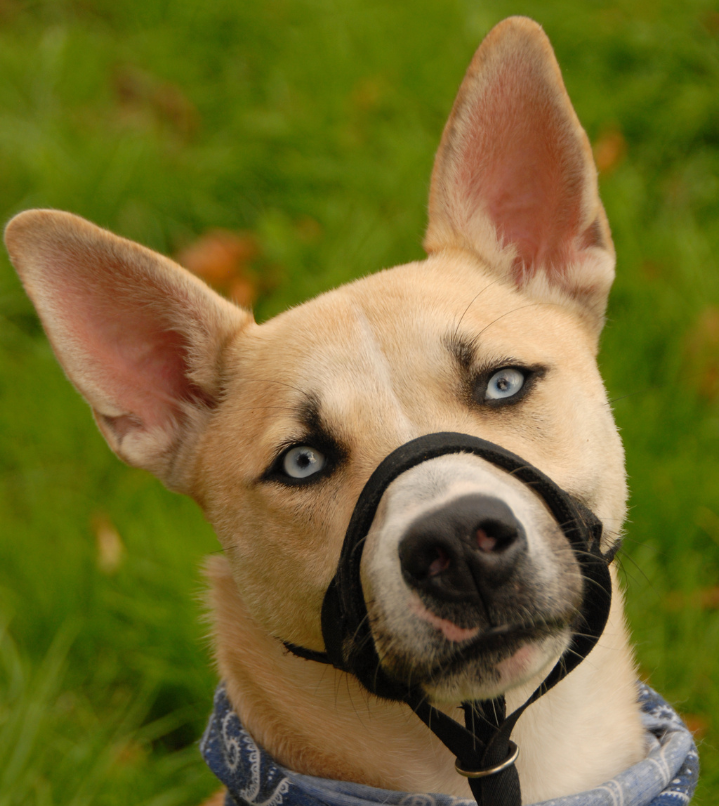
The Misconceptions of Muzzles
First impressions are everything in the human world. So, what happens outside of human interaction? Do birds get to sing a mating song one more time? Does a lion cub have another shot at making a friend within their pride? Is a dog always going to be seen as aggressive if they are wearing a muzzle? Unfortunately, the media’s representation of dogs with muzzles is not a welcome one, and too often these dogs are considered ‘dangerous.’ Most of the time, this is not the case, and dogs wearing muzzles should be, at the very least, seen as misunderstood.
Regardless of fact, always be willing to give a second chance. Maybe even a third. You never quite know what is happening in someone’s life that could have hindered their ability to provide a perfect first impression. This goes for the animal world as well. Some say, “A dog with a muzzle is dangerous so stay away!” This could not be further from the truth, and the conversation around the muzzle is controversial. Weighing all of the factors as to why a dog is wearing a muzzle should be taken into consideration: safety for the dog, socialization with other dogs, prevention of ingesting toxic or dangerous items, or a history of defending itself if anxious.
Safety for the dog itself should be first on the list. Dogs get their noses into anything they can. If an item seems particularly interesting, in their mouth it goes. If taking an afternoon walk, an owner might place a muzzle on their dog who has eyes bigger than their stomach. Toxic items can include dead wildlife, vegetation, or other garbage you would not even think about on your routine stroll. A muzzle will help keep the dog safe from these items.
In a lot of cases, rescued dogs have a foggy background. Recently adopted puppies or dogs might have had a different experience than what the typical neighborhood dog would be used to.
A muzzle helps keep this transition smooth and helps move the socialization process along with other dogs and people. Owners should also be ready to let other dog walkers and owners know about why the muzzle is on in the first place. Should you come across a dog off leash, any potential conflict is already avoided. Our oldest, a seven year old husky named Goose, has trouble with first interactions (dogs and sometimes people). We are unsure of the conditions he was raised in. When he visits the vet, he needs a muzzle. The doctors and techs do not love him any less for it. They understand. Similar to a child who is scared of the doctor, dogs can be scared of the vet.
The muzzle can also serve a beneficial purpose for dogs recovering from medical treatment. While some might disagree, watching a dog navigate around the house in a ‘cone of shame’ can be amusing. However, the muzzle is an alternative to the cone and allows the dog to move freely and without obstructing movement throughout the house. When you have the ability to keep an eye on your dog, take the muzzle off. When you leave or go to sleep, put it back on. Most designs still allow dogs to eat, drink water, etc. Next time your dog needs medical treatment, opt for the muzzle instead of the cone.
Muzzles are not long-term solutions and should not be used for extended periods of time. They are also not meant for primary training purposes. Muzzles are strictly for prevention and safety. The next time you come across a dog with a muzzle, there might be a justified reason they are wearing it, such as for their own safety or because they are learning to interact in the public space. Help dogs work toward these goals by understanding the purpose of a proper, well-fitted muzzle and by breaking down the misconceptions of muzzle use!
Learn more about muzzles and training at https://resources.bestfriends.org/article/dog-muzzles-how-why-use-them.
Written by A.R.F. Volunteer Shane C.
